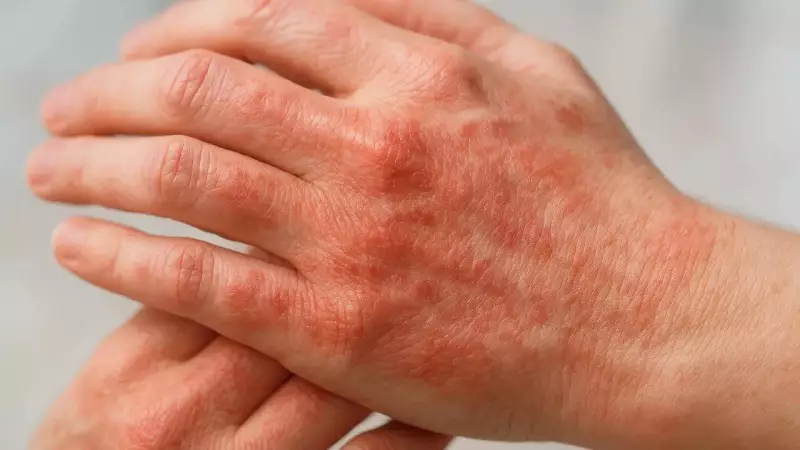
Your skin serves as a powerful mirror reflecting your internal health, often providing the earliest clues about underlying medical conditions that require attention. While many skin changes are harmless, certain persistent patterns, unusual lesions, or sudden texture changes can signal serious diseases ranging from autoimmune disorders and diabetes to liver problems and even cancer.
Autoimmune and Metabolic Warning Signs
The butterfly rash, which spreads across the cheeks and nose bridge, strongly indicates systemic lupus erythematosus (SLE). This autoimmune condition makes the immune system attack healthy tissues affecting skin, joints, and kidneys. Research published in Star Pearls confirms this rash often appears before other lupus symptoms, serving as a crucial early warning that enables faster diagnosis and treatment initiation.
Velvet plaques, medically termed acanthosis nigricans, present as thickened, dark patches in body folds like the neck, armpits, or groin. These changes frequently signal insulin resistance or type 2 diabetes, as elevated insulin levels trigger skin pigmentation alterations. A study in Annals of Pediatric Endocrinology & Metabolism found that overweight adolescents with acanthosis nigricans showed significantly higher insulin levels and greater insulin resistance compared to peers without it.
Necrobiosis lipoidica appears as reddish-brown, shiny patches on legs or arms that may develop ulcers over time. This condition closely associates with diabetes, particularly in individuals struggling with blood sugar management. Identifying these lesions alerts healthcare providers to monitor glucose levels more carefully and provide specialized skin care to prevent infections.
Organ Health and Genetic Indicators
Lichen planus manifests as reddish-purple, flat-topped bumps on wrists, ankles, neck, or inside the mouth, often accompanied by intense itching. This condition sometimes indicates hepatitis C, a viral infection affecting liver function. Early detection enables liver function testing and appropriate management of potential viral infections.
Shagreen patches are flesh-colored, thickened lesions with orange-peel texture typically appearing on the lower back. These often accompany other signs like ash-leaf spots or facial acne-like bumps and may indicate tuberous sclerosis - a rare genetic disorder causing benign tumors in the brain and vital organs.
Cancer and Serious Condition Alerts
Tripe palms, characterized by thick, velvety, white skin on palms (and sometimes soles) resembling boiled tripe, strongly associate with cancer. When only palms are affected, it frequently links to lung cancer. Early recognition prompts crucial investigations for potential malignancies.
Wooden hands describe nephrogenic systemic fibrosis where skin becomes brown and hardened on lower arms and legs, eventually turning rigid. This rare condition typically affects people with kidney disease exposed to specific MRI contrast dyes.
Necrolytic migratory erythema appears as red, scaly rash in skin folds or buttocks, sometimes accompanied by bright red, painful tongue. This usually indicates glucagon-secreting pancreatic tumor (glucagonoma), requiring prompt medical evaluation.
When Not to Worry
Granuloma annulare presents as raised, reddish or flesh-colored bumps forming ring patterns on hands or feet. These typically resolve within two years and are generally harmless, even when spreading more widely.
Your skin provides invaluable insights into your overall health. While many skin issues are benign, persistent, unusual, or severe changes warrant professional medical evaluation to ensure timely diagnosis and appropriate management of potential underlying conditions.





